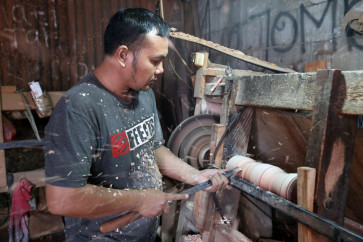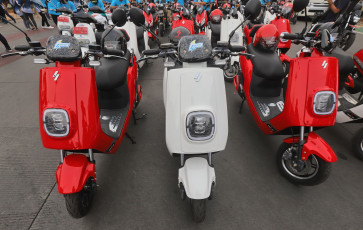Twenties: The diverse flavors of ‘soto’ across Indonesia
The many varieties of soto are some of the great Indonesian culinary delights that have emerged from cultural exchanges with Chinese migrants who came to the archipelago centuries ago. Now, nearly every region of the country has its own take on the classic dish.
Change text size
Gift Premium Articles
to Anyone
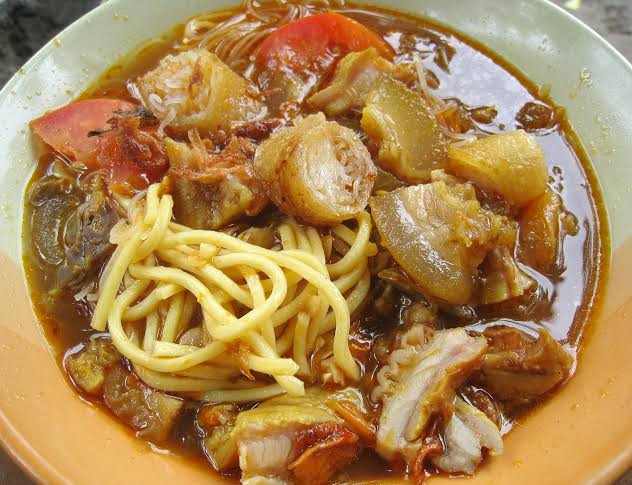
‘Twenties’ is a column where we give top 20 lists of anything and everything of interest, from the worlds of food and history to pop culture and lifestyle.
The many varieties of soto (traditional Indonesian soup) are some of the great Indonesian culinary delights that have emerged from cultural exchanges with Chinese migrants who came to the archipelago centuries ago. The dish is believed to have originated from a Chinese soup called caudo, which contained offal and spices.
This precursor is thought to have been introduced to Indonesia in the 19th century, along the coast of Java. The recipe, however, has changed over time to meet the different tastes and ingredients of each region of the country.
Some regions use coconut milk in their soto and others do not. Some variants use offal as their primary ingredient, while other variants only consist of meat.
What is certain is that each regional variant of soto is unique. The following are 20 soto varieties from different parts of the country.
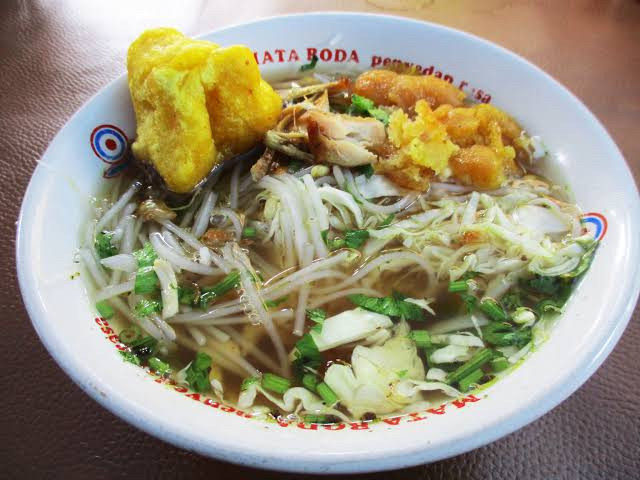
‘Soto Padang’
Soto Padang originated in West Sumatra and was influenced by Chinese and Indian cultures. The dish is usually served during Idul Fitri in West Sumatra. What distinguishes soto Padang from other soto dishes is the way the beef is cooked.
The beef is fried and then boiled with the broth and other ingredients. As a result of the processing, the beef has a crispy yet soft texture, and its savory taste is enhanced.
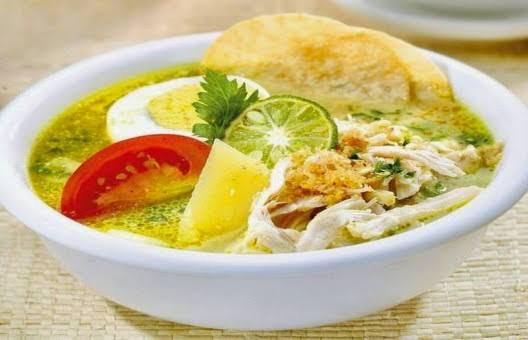
‘Soto Aceh’
The distinctive flavor of soto Aceh can be attributed to the coconut milk and spice mixture used in its preparation. Beef ribs, chicken or beef can be used as the main ingredient. The key spices are candlenut, galangal, lime leaves and pandan leaves.
‘Soto Betawi’
Soto Betawi dates back to 1977, and historical records indicate that it originated in China. Lie Boen Po, a soto seller of Chinese descent, coined the term soto Betawi. He sold his soto at Prinsen Park, now referred to as Lokasari, West Jakarta.
Soto Betawi is also influenced by Arabian and Indian cultures as it uses ghee, a form of clarified butter. In this sense, soto Betawi is a very strong symbol of harmony within Betawi society.

‘Soto Lamongan’
This dish originates from Lamongan, East Java, but it carries the influence of Chinese cuisine, with the use of glass noodles, soy sauce and bean sprouts. It also has Indian roots, using turmeric, ginger, galangal, lemongrass and bay leaves, while the use of pepper, celery and cabbage shows traces of European culinary influence.
The distinctive feature of this soto is its koya powder topping. Koya is made from finely ground prawn crackers and fried garlic. This soto generally contains shredded chicken meat. Some forms of soto Lamongan, however, use offal, such as tongue, brain, spleen, lung, liver, heart and tripe.
‘Soto Surabaya’ or ‘Soto ayam Ambengan’
As the name suggests, soto ayam Ambengan (Ambengan chicken soto) originated from Pak Sadi's chicken soto restaurant on Jl. Ambengan in Surabaya. Founded in 1971, Pak Sadi's soto is known for its distinctive koya flavor.
Soto ayam Ambengan is the general term used to refer to all Surabaya chicken soto, due to its fame. The soup consists of turmeric, so this Surabaya specialty has a darker yellow color than chicken soto from other regions.
‘Soto Kudus’
As its name implies, soto Kudus originates from Kudus, a town in Central Java. This variant resembles soto Lamongan, except it contains, in most traditional recipes, buffalo meat. Kudus had a large Hindu population, so buffalo meat is used to replace beef.
In addition to being easy to obtain, buffalo meat is permitted for consumption for both Muslims and Hindus.
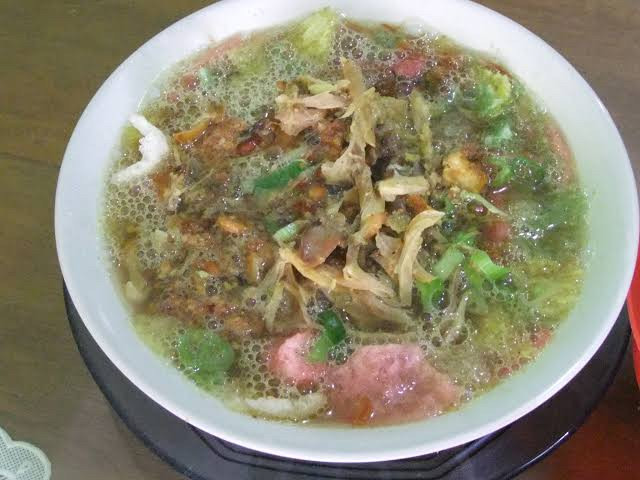
‘Coto Makassar’
Coto Makassar, which uses a regioal spelling of the famous dish, is made of beef, offal and spices. Coto Makassar used to be a specialty of the Gowa royal court. The dish would be served for honored guests or for traditional rituals. At first glance, the South Sulawesi delicacy looks similar to meat soup, but a special mixture of 40 local spices called rampa patang pulo is used to make it.
Restaurants often serve coto Makassar with scallions and fried onions as separate condiments. Aside from adding flavor, the fried onions are believed to lower one’s blood pressure after eating the meat of the dish. Its complimentary sambal is enhanced with tauco, a type of soybean paste, showing a hint of Chinese influence.
‘Soto Medan’
One of the characteristics of soto Medan is its use of coconut milk, which makes it unique among other regional soups. Soto Medan also uses a variety of complementary ingredients, such as chicken, sliced boiled potatoes, rice cakes, bean sprouts, chips, eggs and fried onions.
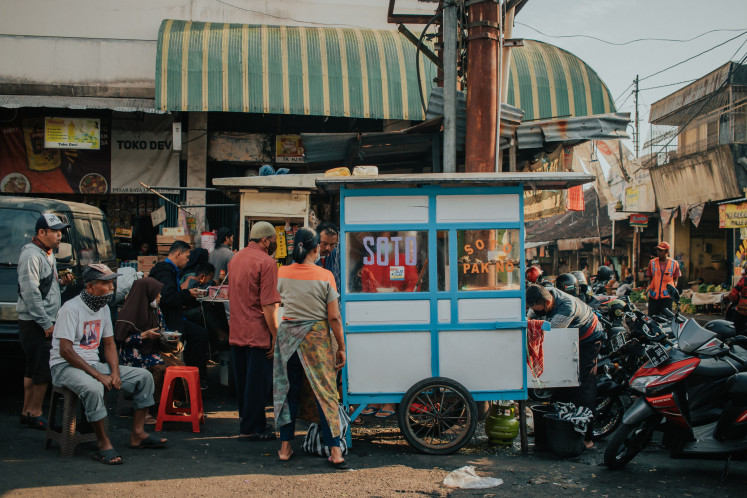
‘Soto mie Bogor’
Soto mie Bogor consists of beef, knuckle meat, offal, spring rolls, boiled potatoes or radishes, yellow noodles, tomatoes and cabbage, all combined in the soup and topped with scallions, celery and emping crackers.
The reddish color of soto Bogor is the result of the mixture of red chilies in the seasoning, in contrast to the clear or coconut milk-based soup commonly used in other variants.
‘Soto mie Lampung’
Soto mie Lampung shares the same history as other forms of soto. However, due to Lampung’s close proximity to the abundant sea, the dish uses shrimp instead of meat, which gives this soto its distinct flavor.
‘Soto Lenthok’
Soto Lenthok is generally found in Yogyakarta and Central Java. Free range chicken is used in this soto, along with finely sliced cabbage and fried shallots as complementary ingredients. Glass noodles, cabbage leaves and shredded chicken are usually served in a bowl first. Then, the broth is poured into the bowl, with spring onions and fried onions sprinkled on afterwards.
This soto is best eaten with the side dish perkedel singkong (cassava cake).
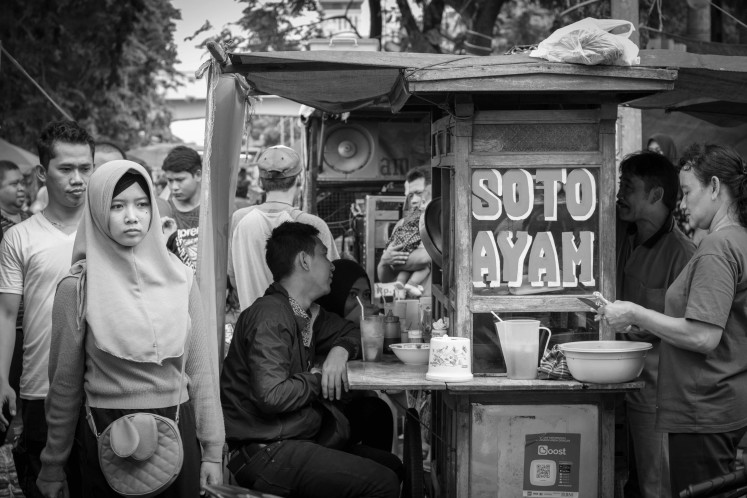
‘Soto Semurup’
Soto Semurup refers to a soto stall in Semurup Market in the Air Hangat subdistrict of Kerinci, Jambi. The Soto Semurup stall was established in 1985 by Ibu Zubaidah. There are also other soup dishes on the menu that are just as delicious as the soto.
Specifically formulated by Ibu Zubaidah, soto Semurup has a spicy taste that combines glass noodles, celery, fried onions, perkedel (potato cake) and tender, crunchy meat. The meat is sliced and the texture is like beef jerky but tender.
‘Soto Banjar’
The land of Banjar, South Kalimantan, was settled by the Chinese, Dutch, Arabs and Indians. Most of these groups settled in a region called Tatas. It was here that the convergence of various cultures began to influence aspects of Tanah Banjar, including its soto.
Soto Banjar is a traditional culinary specialty of the area, with free-range chicken as its main ingredient. Soto Banjar is characterized by its thick, stew-like broth made from evaporated milk. The dish is usually served with glass noodles, boiled eggs and fried onions, and is often paired with rice cakes.
The process of making soto Banjar, which is relatively simple, makes this dish a go-to treat for ceremonies or rituals in Banjarmasin.
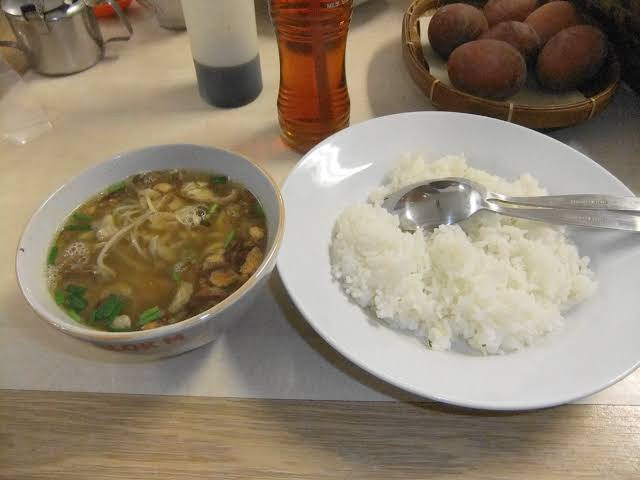
‘Soto Sokaraja’
Sroto Sokaraja is the name by which this type of soto is often known in Purwokerto, Banyumas, Central Java, and its surrounding areas. People from where this dish originated, the Sokaraja area of Banyumas, often say sroto instead of soto — hence the name.
Among the soto Sokaraja restaurants are Soto Kecik Sokaraja and Raja Soto Lama H. Muradi, which have been around since the 1970s. Soto Sokaraja can be easily found along Sokaraja's main highway.
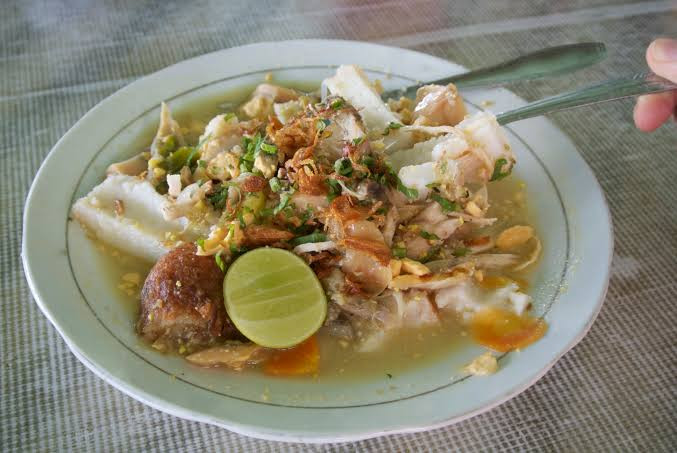
‘Soto Petanahan’
Soto Petanahan is unique and distinctive. Its deep color sets it apart, with the rich savory taste of the brownish soup the result of various spice combinations. This soto is a specialty of the coast of Petanahan subdistrict, which is about 17 kilometers south of Kebumen, Central Java.
‘Soto Pacitan’
Pacitan in East Java is where this soto originates. The distinctive feature of this dish is the addition of fried peanuts. It is also served with additional celery, fried onions, bean sprouts and soy sauce.
‘Soto Bandung’
At first glance, this beef-based soto from the city of Bandung appears similar to other variants with beef trimmings in them. However, the addition of radish, tomato and fried soybeans makes it unique. Most people eat soto Bandung with rice, crackers, and sambal rawit (green chili sambal).
The dish is usually topped with fried soybeans, scallions and fried onions, as well as lime juice to complement the flavors.
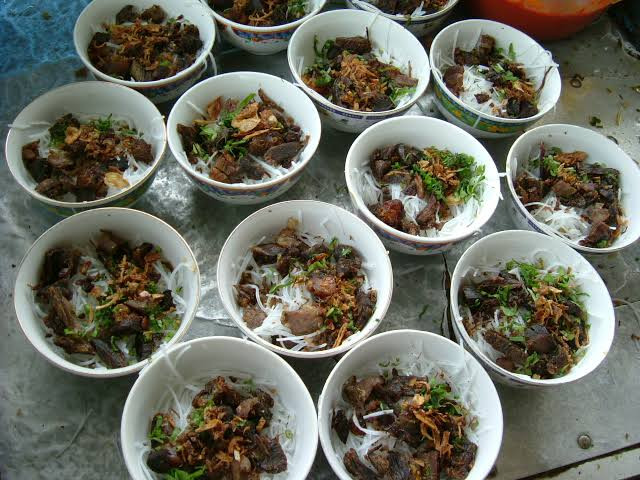
‘Soto Madura’
It is said that Soto Madura is not actually from Madura, East Java. Instead, it is believed the dish was invented in Surabaya in the 1970s. The Soto Sulung stall in Surabaya serves as proof. However, due to the fact that it is sold by Madurese, it is referred to as soto Madura. It was not until around 1988 that soto Madura stalls began to appear on the island of Madura.
The distinctive feature of soto Madura is the use of brisket cut into small pieces. Other ingredients such as beef lungs, offal and tripe used. The clear beef broth is also a key component of soto Madura, especially when combined with ginger, shallots, garlic and lemongrass, adding to its unique flavor.
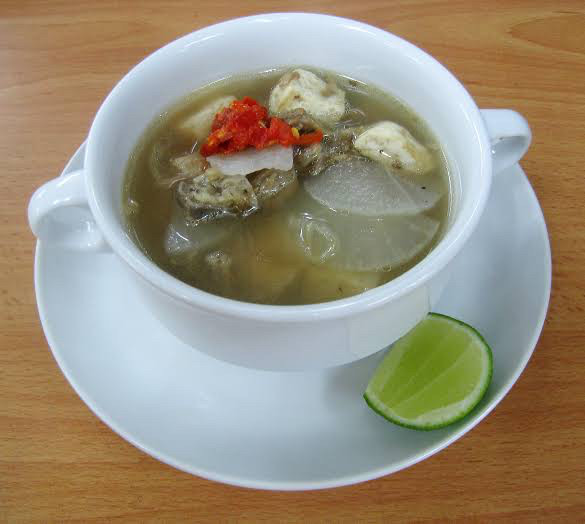
‘Soto kwali’
A clay cooking pot called a kwali is used to cook soto kwali in Solo, Central Java, hence the name. Traditionally, once it’s cooked, the soto is served in a small clay bowl.
Historically, soto kwali was a very popular dish among Surakarta’s kings because of the unique flavors produced by the clay pot. The Surakarta Palace has made soto kwali famous throughout the country.
The broth is clear and the flavor is characterized by a variety of spices and condiments that are believed to be useful for treating various ailments.
‘Soto Pekalongan’
A specialty soto from Pekalongan, Central Java, soto Pekalongan is commonly known as tauto, which is a combination of the words tauco and soto. This recipe relies heavily on tauco as it has a strong aroma and complex taste. Its darker color sets tauto apart from most other variants, which usually have clear broth.
While the seasoning is influenced by Indian culture, its characteristic suun noodle originates from Chinese cuisine. Tauto Pekalongan combines broth from boiled meat and tauco-based fried sambal.
The combination of the flavors makes this dish unique and loved by many. It is savory, sweet, sour, bitter and spicy. The reddish-brown color of the soup also increases its appeal.
ohmg

